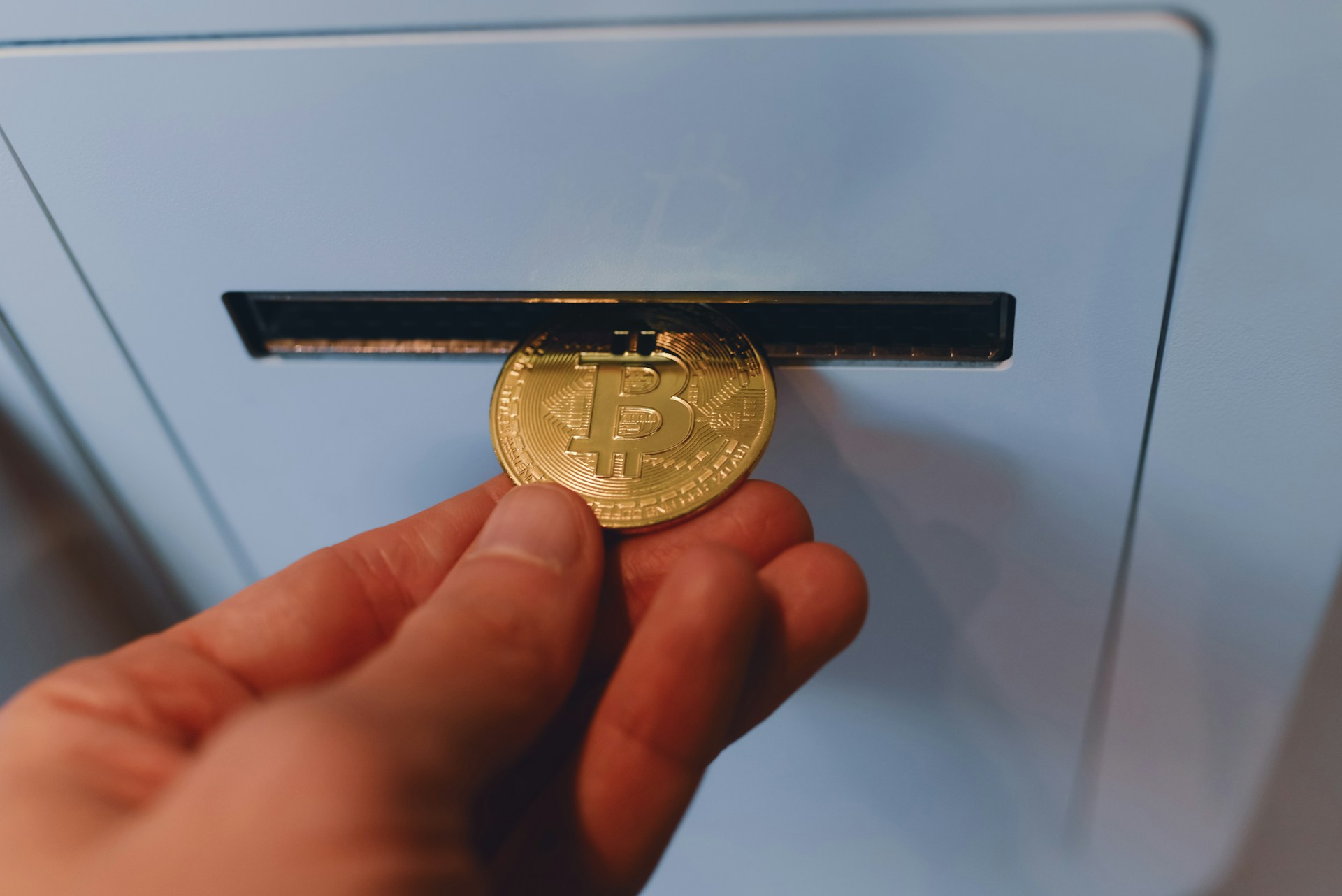The Intriguing Story about the Anonymous Founder(s) of Cryptocurrency
20 January 2022•
In October 2008 someone calling themselves Satoshi Nakamoto published a paper called “Bitcoin: A Peer-to-Peer Electronic Cash System” to an obscure cypherpunk email list. Cypherpunks are any individual advocating the widespread use of strong cryptography and privacy-enhancing technologies as a route to social and political change. The abstract of Nakamoto’s whitepaper read: “A purely peer-to-peer version electronic cash would allow online payments to be sent directly from one party to another without going through a financial institution. Digital signatures provide part of the solution, but the main benefits are lost if a trusted third-party is still required to prevent double-spending. We propose a solution to the double-spending problem using a peer-to-peer network. The network timestamps transactions by hashing them into an ongoing chain of hash-based proof-of-work, forming a record that cannot be changed without redoing the proof-of-work. The longest chain not only serves as proof of the sequence of events witnessed, but proof that it came from the largest pool of CPU power. As long as a majority of CPU power is controlled by nodes that are not cooperating to attack the network, they’ll generate the longest chain and outpace attackers. The network itself requires minimal structure. Messages are broadcast on a best effort basis, and nodes can leave and rejoin the network at will, accepting the longest proof-of-work chain as proof of what happened while they were gone.” If you’re curious to read the original whitepaper, check it out at: https://bitcoin.org/bitcoin.pdf.
At its essence, Bitcoin was a revolutionary concept which was an amalgamation of ideas around freedom, money, technology, computing, politics, and philosophy. Nakamoto’s primary motivations was to create a decentralized digital currency outside the control of a central bank. In 2011 he wrote, “The root problem with conventional currency is all the trust that’s required to make it work. The central bank must be trusted not to debase the currency, but the history of fiat currencies is full of breaches of that trust. Banks must be trusted to hold our money and transfer it electronically, but they lend it out in waves of credit bubbles with barely a fraction in reserve.”
Though the October 2008 whitepaper was passed around and debated by a select few cypherpunks, it seemed few believed that it would actually come to fruition, let alone succeed. Less than 3 months later, in January 2009, Nakamoto brought the Bitcoin network into existence by mining the first block of the ledger (what we now call blockchain technology). Nakamoto embedded the text “The Times 03/Jan/2009 Chancellor on the brink of second bailout for banks” in the first block of the blockchain, alluding to the global financial crisis which was taking center stage at the time. This is also an important note in terms of timing, as much of the world was becoming increasingly mistrustful and disillusioned towards institutional banks and traditional financial institutions at the time. Nakamoto and a coder named Hal Finney began to fix the bugs in the first decentralized digital currency now both famous and infamous, Bitcoin.
It’s interesting to note that Nakamoto had a strong presence online in the early days of the release of Bitcoin, writing about the cryptocurrency and philosophy behind it and answering questions via emails to the same cryptography mailing list. In April 2011, Nakamoto wrote his final email to the same mailing list, stating “I have moved on to other things. It’s in good hands with Gavin (Andresen) and everyone.” Gavin Andresen, who had discovered bitcoin in 2010 and considering its design to be brilliant, had created a website in the early days of Bitcoin named “The Bitcoin Faucet” which gave away Bitcoin. He joined the online community of developers contributing to Bitcoin and went on to become the lead developer of the client software for the bitcoin network when Nakamoto passed on Bitcoin’s source code. To date, no one has “met” Nakamoto, or can confirm his or her identity.
April 2021 marked 10 years since anyone has heard from Nakamoto. On this 10 year anniversary of sorts, Bitcoin was worth nearly a trillion dollars (US $930 billion to be exact), and is not under the control of any government or bank. Because the Bitcoin blockchain is a public ledger, it is possible to see Nakamoto’s bitcoins on the Bitcoin blockchain, which totals to approximately 1.1 million bitcoins in Nakamoto’s name. Even more intriguing, these 1 million Bitcoins have never been moved (sold), despite it being worth between 50 to 73 billion dollars. If Nakamoto were a single person, as of the November rally, Nakamoto would have been the 15th richest person in the world.
It is important to note that Nakamoto’s invention of the Bitcoin blockchain was a groundbreaking achievement in computer science that was built on the work of many others in the field, but it was Nakamoto’s invention of the proof-of-work consensus algorithm that solved a fundamental computational issue called the “Byzantine Generals Problem” which prevents double-spends and makes a decentralized digital currency possible.


%2Fuploads%2Fcrypto-universe%2FThe-Crypto-Universe-cover.jpg&w=3840&q=75)